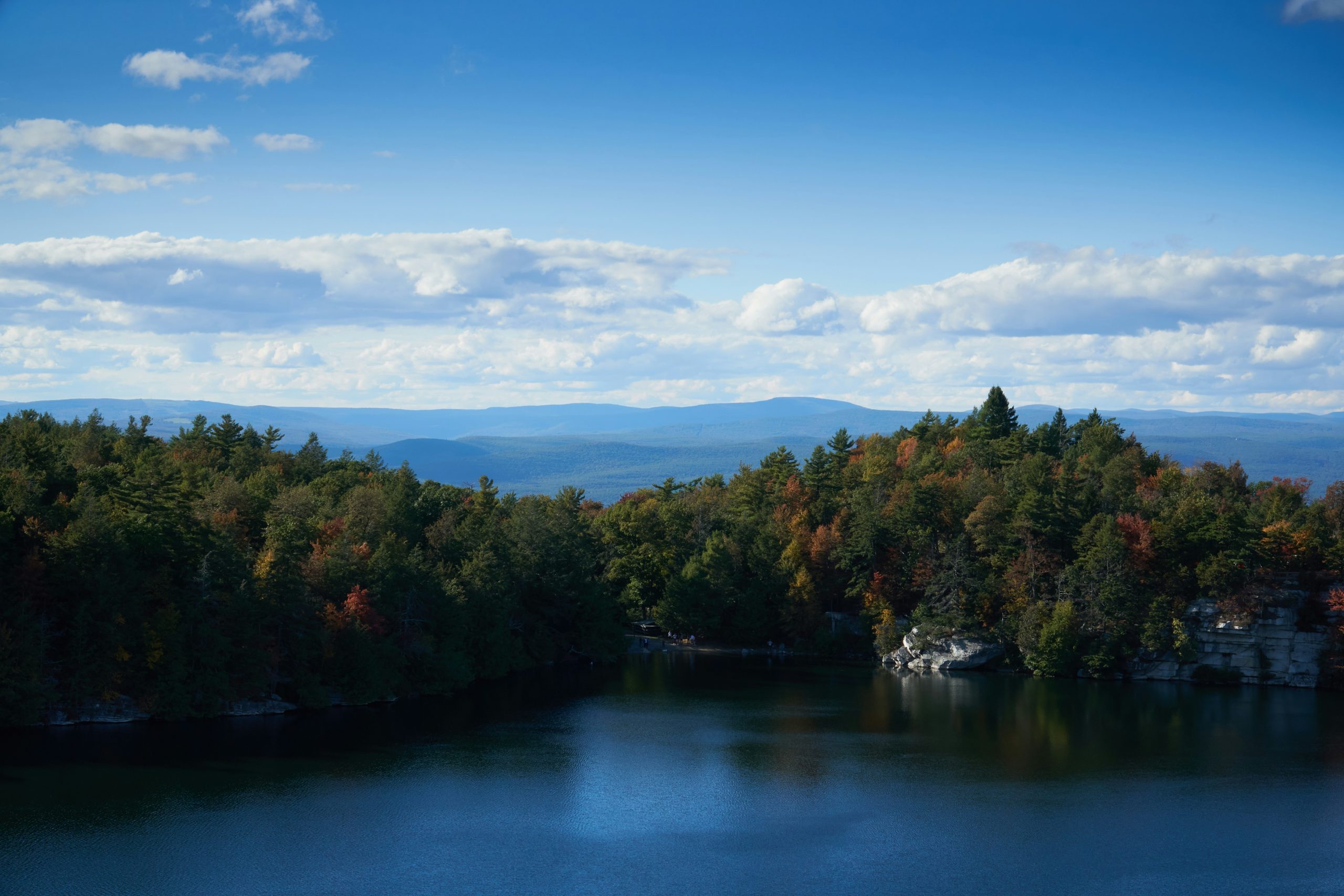#KeepNatureStanding

A Call from the Wild
The newsletter of IUCN Save Our Species and the Integrated Tiger Habitat Conservation Programme
Across the world, a group of men and women work tirelessly to protect our planet’s fragile biodiversity. Wildlife rangers dedicate their lives to preserving ecosystems and the species that call them home. These dedicated individuals form the backbone of biodiversity conservation, patrolling the forests, grasslands, and marine habitats.
This is why, on July 31st, we celebrated World Ranger Day.
Wildlife rangers face significant risks in their daily efforts to protect biodiversity. They often encounter armed poachers, dangerous terrain and harsh weather conditions. Furthermore, many rangers work with limited equipment, insufficient training, and inadequate funding, making their mission even riskier. Despite these obstacles, rangers provide critical protections for wildlife and local communities.
From preventing illegal wildlife trade to mitigating human-wildlife conflict, rangers support communities to co-exist with wildlife.
Initiated by the International Ranger Federation (IRF), World Ranger Day is celebrated to commemorate rangers killed or injured in the line of duty, and to celebrate rangers’ work to protect planetary health. The chosen theme for this year was 30×30: the Global Biodiversity Framework target to protect 30% of our planet’s biodiversity by 2030.
Across IUCN Save Our Species and Integrated Tiger Habitat Conservation Programme (ITHCP) projects, rangers are critical to achieving conservation impacts. From monitoring species and removing snares, to anti-poaching patrols as well as community protection and services, a ranger’s workload blends security, advocacy and science. They understand the interconnectedness of the resources we rely on and play a key role in protecting Species, restoring Habitats and supporting People.
Recognizing rangers’ pivotal role, the IRF recently introduced the Ranger Code of Conduct which aims to “promote professionalism, collaboration and leadership for more effective and just conservation.” By adhering to the code, rangers can amplify their impacts for conservation and contribute to a sustainable future for our planet.
Rangers are the first line of defence for threatened wildlife around the world, and many of our projects benefit from their support.
To protect the last known populations of Critically Endangered cao-vit gibbons left in the world, one of our projects in Vietnam aimed to enhance the capacity of two rangers in the project’s Gibbon Conservation Team. The rangers were trained on wildlife protection laws and gibbon monitoring, and were able to patrol the forest with greater focus. This resulted in a total of 13,868 patrol hours covering 36,119 km in distance, increasing protection of threatened gibbons.


In the Democratic Republic of the Congo, an African Wildlife initiative project is building the capacity of local rangers to reduce poaching of Endangered okapi and monitor their populations. Following the deployment of six community ranger teams, the project has improved knowledge on Okapi distribution.

Another African Wildlife initiative project in Cameroon has provided SMART Patrolling training sessions, equipment and uniform kits to ecoguards. This is part of an effort toincrease the abundance of Critically Endangered kordoffan giraffes and other large mammals in Benoue National Park through better law enforcement.
These projects illustrate the importance of investing in rangers to ensure they have quality equipment, training and support to carry out their work at the forefront of conservation action. The preservation of species, habitats and the wellbeing of communities depends on this.
IUCN Save Our Species and the ITHCP recognise the integral role rangers play in ensuring the survival of threatened species, and thank them for their tireless support to Keep Nature Standing.
SOS Gibbons Impact Report
The SOS Gibbons Initiative impact report is out now!
Thanks to our partners, SOS Gibbons achieved significant impacts in tackling threats to gibbons, preserving their habitats and supporting communities to protect ecosystems.

Read the report
Explore the conservation actions achieved by SOS Gibbons in our new impact report.
From protecting gibbon habitats to maintaining stable populations and increased patrolling, our partners help us Keep Nature Standing.
Watch the video
Meet the singing, swinging gibbons that populate Asia’s forests.
Their survival is vital for biodiversity. By spreading seeds, they regenerate forests that sustain local communities. But habitat loss and hunting threaten their existence.
Apply for a Grant

Tiger Programme –
**New Call For Concept Notes
In a significant step towards preserving the world’s big cats and their habitats, the Integrated Tiger Habitat Conservation Programme aims to allocate a total of €10.7 million in conservation action. Tigers, leopards and clouded leopards are eligible.

Fondation Segré Conservation Action Fund
The third Calls for Proposals under the Fondation Segré Conservation Action Fund are open until 31 August 2023. These Calls support the conservation of threatened freshwater species.
Sustainable Finance for Tiger Landscapes conference co-hosted by IUCN and partners

IUCN and its Tiger Conservation Coalition partners will co-host a major conference: Sustainable Finance for Tiger Landscapes. The conference will take place 22-24 April 2024, under the patronage of Her Majesty the Queen of Bhutan. Find out more about the Coalition’s work to raise finances for tiger recovery below.
Thank you to our partners

About us
IUCN Save Our Species contributes to the long-term survival of threatened species, their habitats and the people who depend on them by supporting civil society organisations. It aims at building the capacity of many of these organisations and communicating about the successes to inspire more people to support this universal cause. This is IUCN’s response to the challenges identified by the IUCN Red List of Threatened Species™ mobilising IUCN’s unique knowledge and expertise of the members of the Species Survival Commission and its many Specialist Groups.
The Integrated Tiger Habitat Conservation Programme (ITHCP) or ‘Tiger Programme‘ is an initiative funded by the German Cooperation via KfW Development Bank, which contributes to the global effort to double tiger numbers in the wild by 2022 by supporting landscape level conservation work benefiting species, communities and habitats. Coordinated actions enhancing conservation skills, developing new livelihoods and improving governance and infrastructure are delivering results in terms of better protected tigers across these landscapes.
Photography credits
Ranger: Noor Ali/IUCN
Giraffes: University of Bristol
Device: Fauna & Flora International
Conservation Action Unit, Centre for Conservation Action. All rights reserved. Rue Mauverney 28, 1196, Gland, Switzerland.



